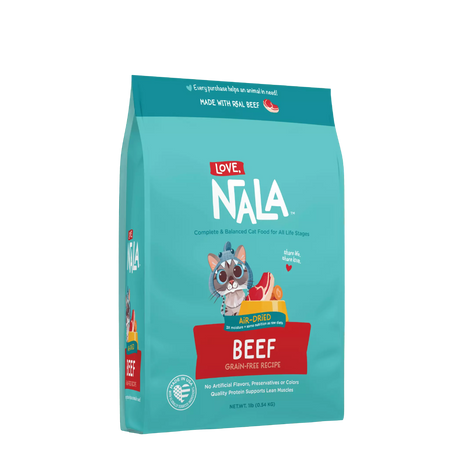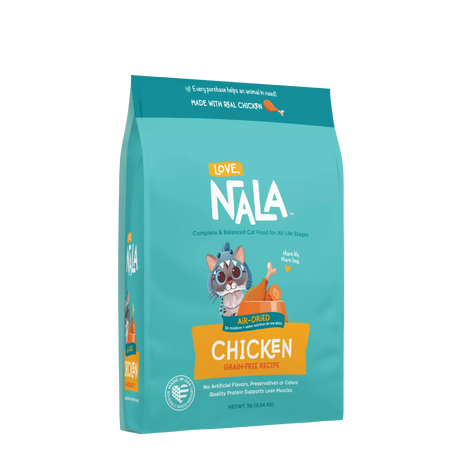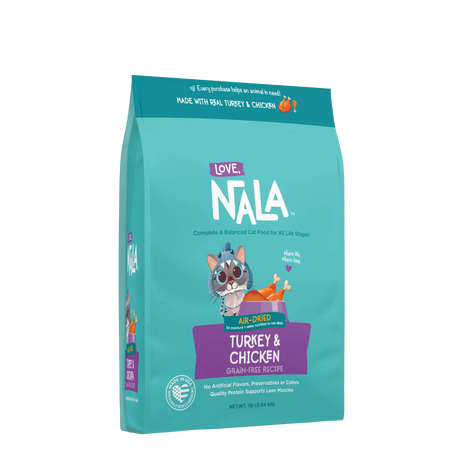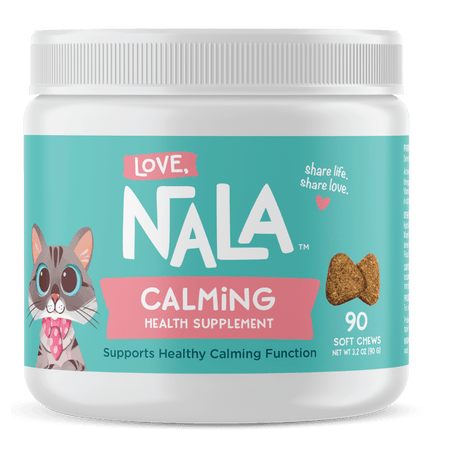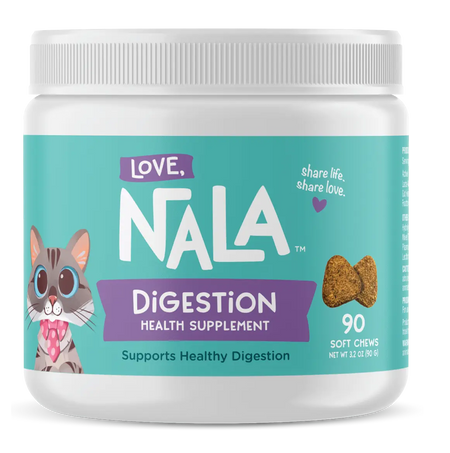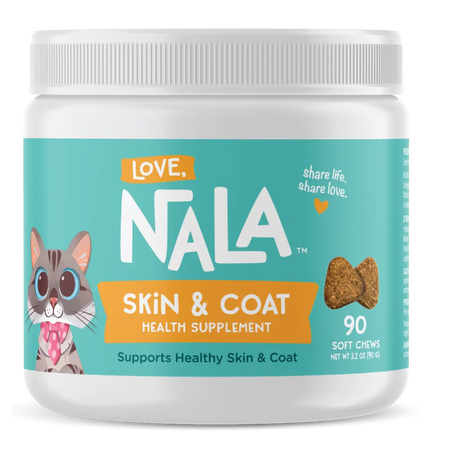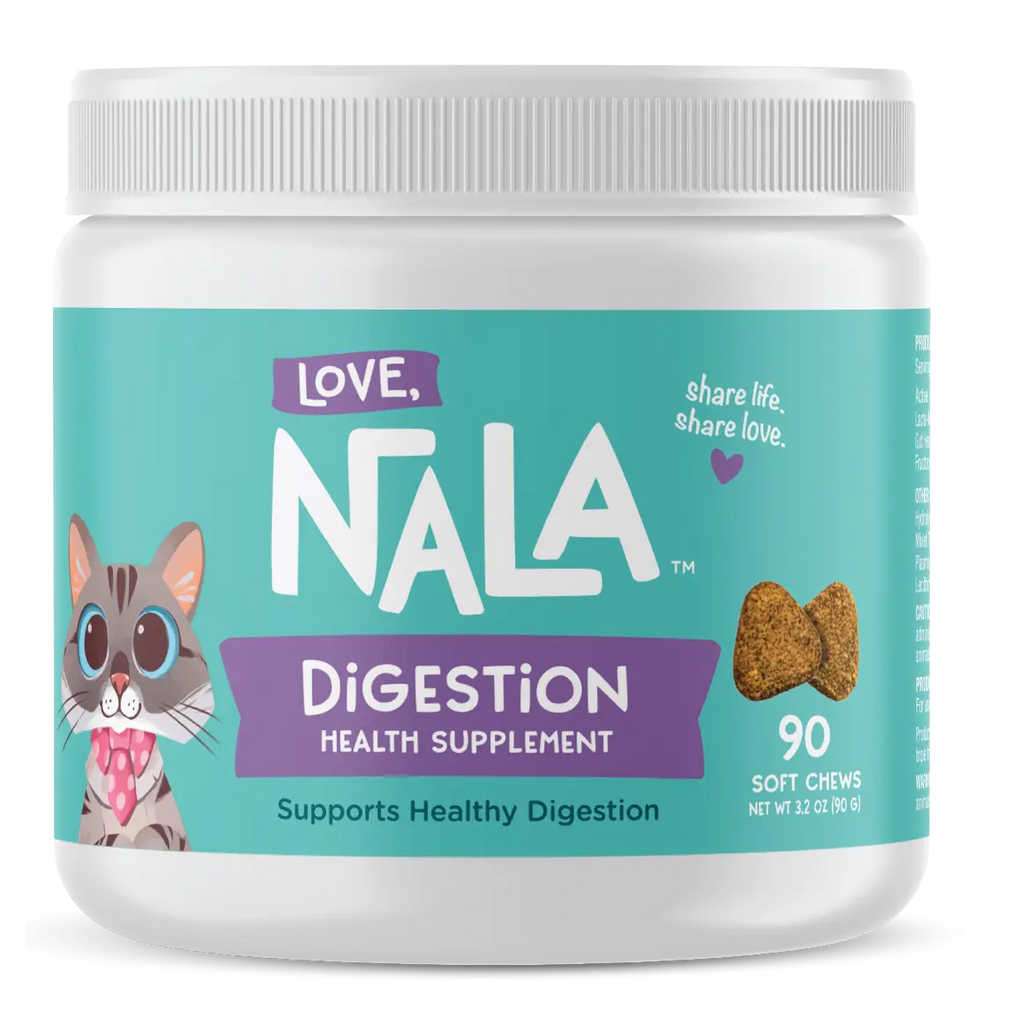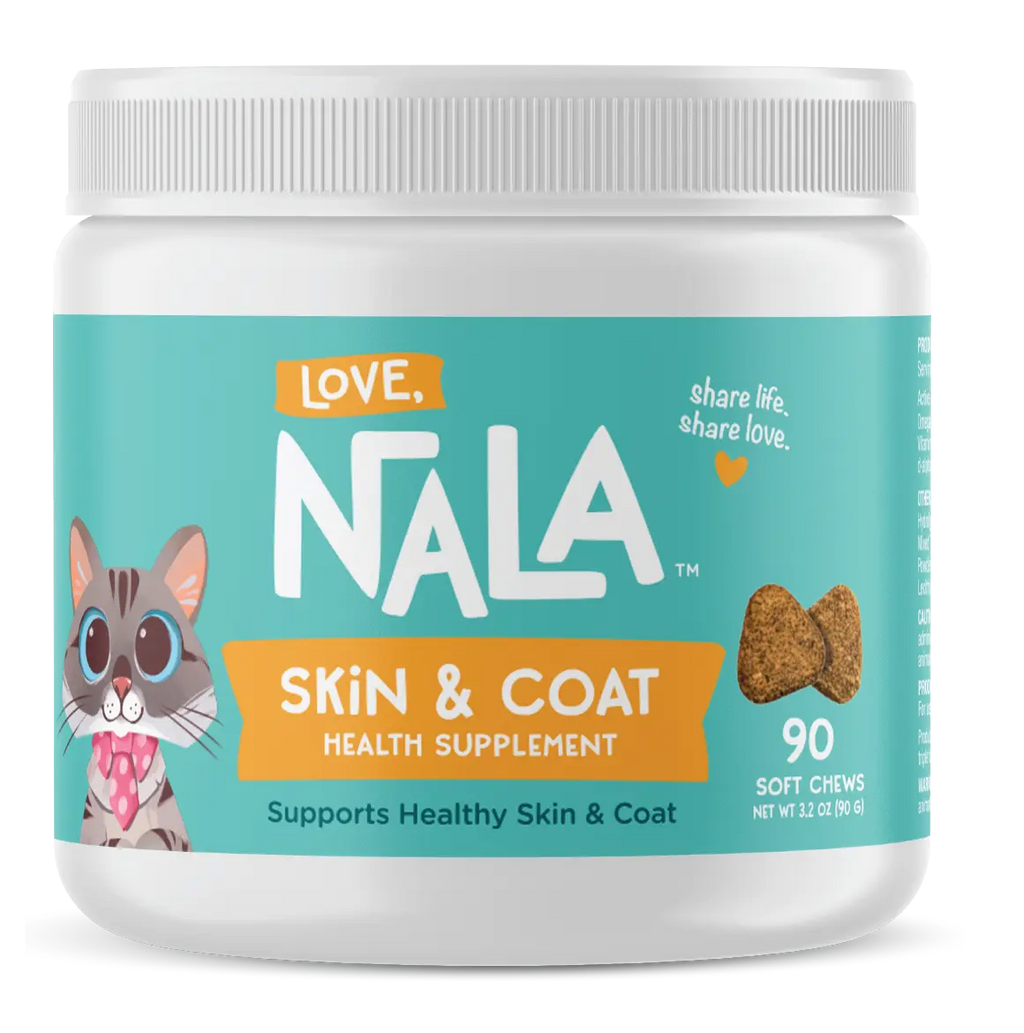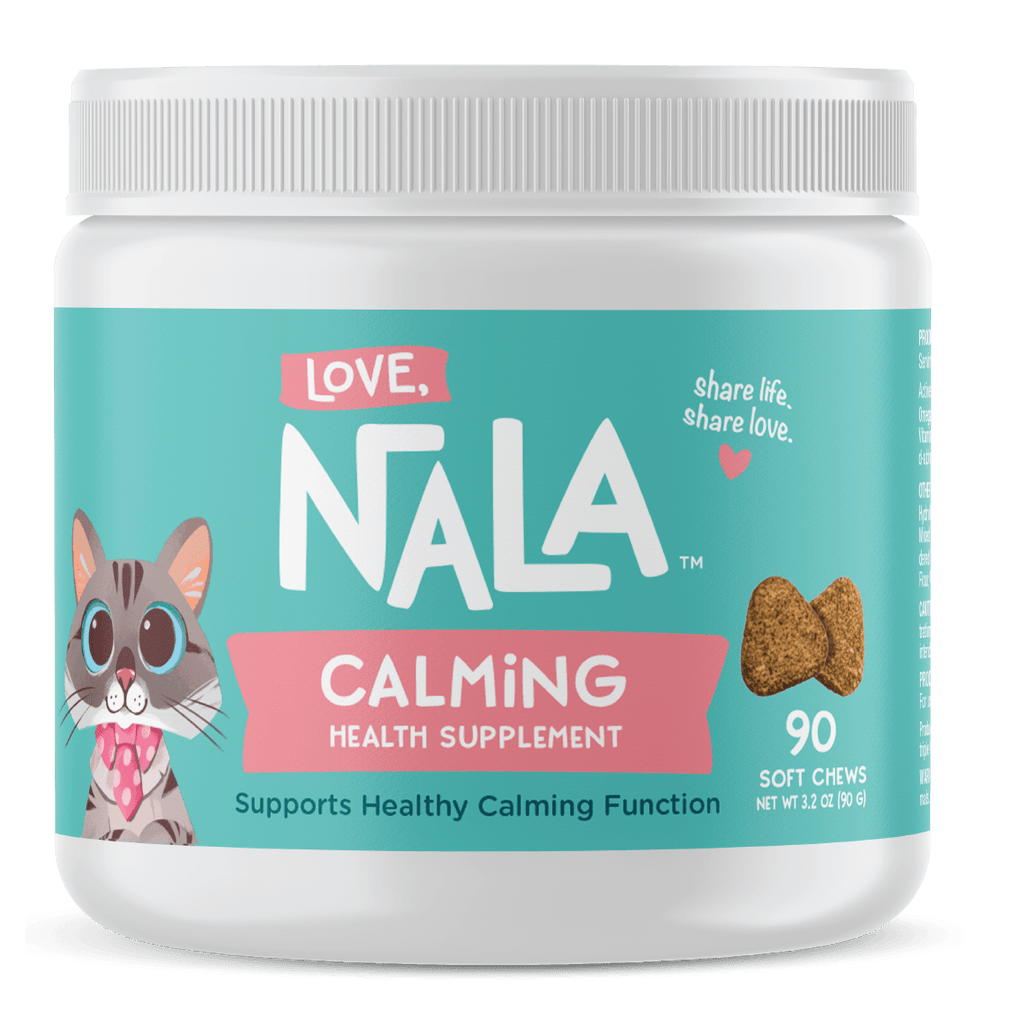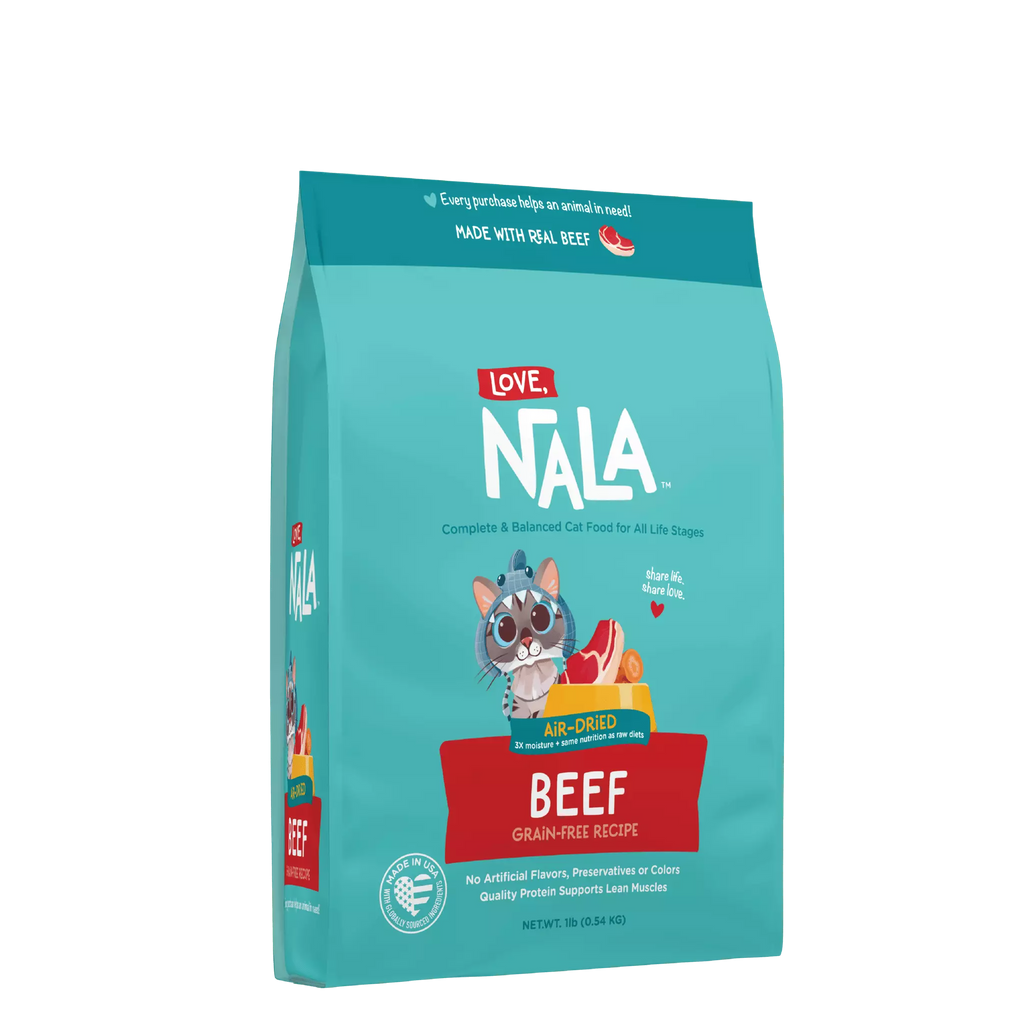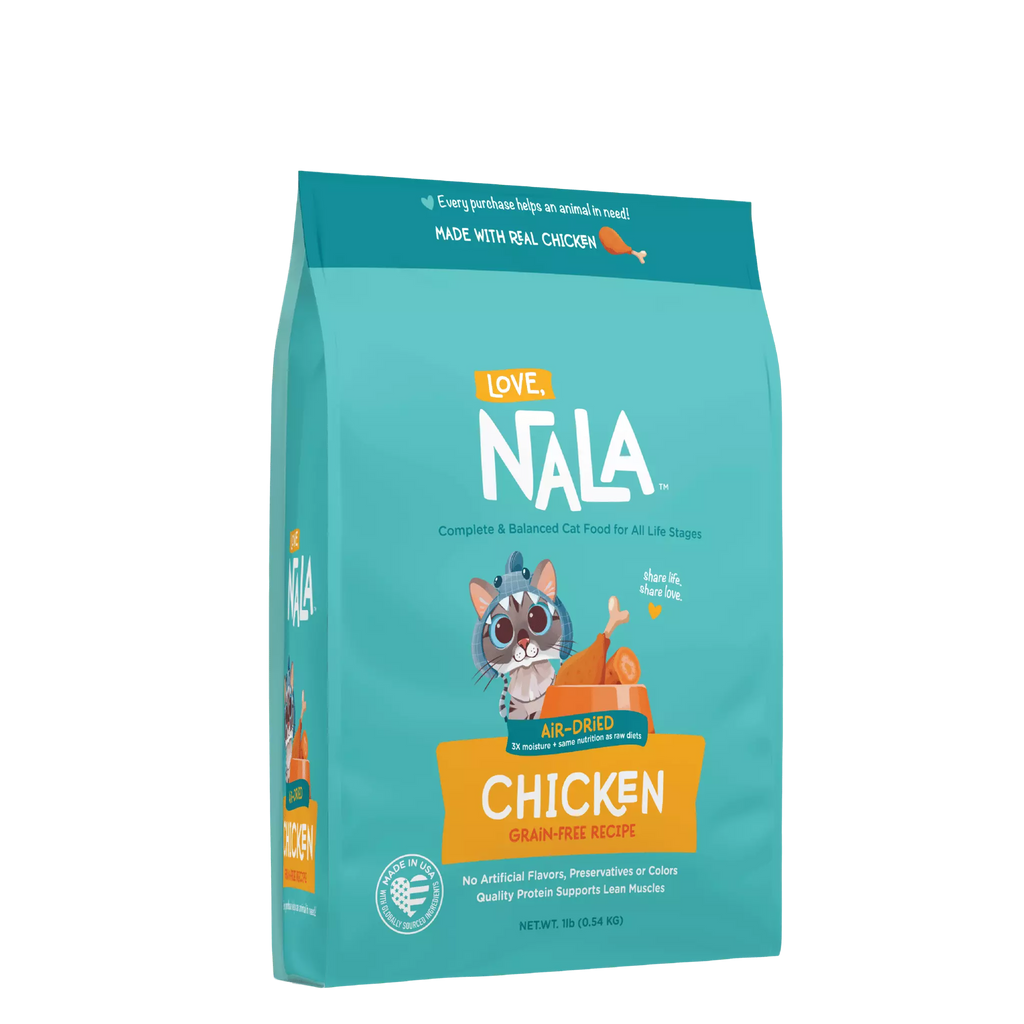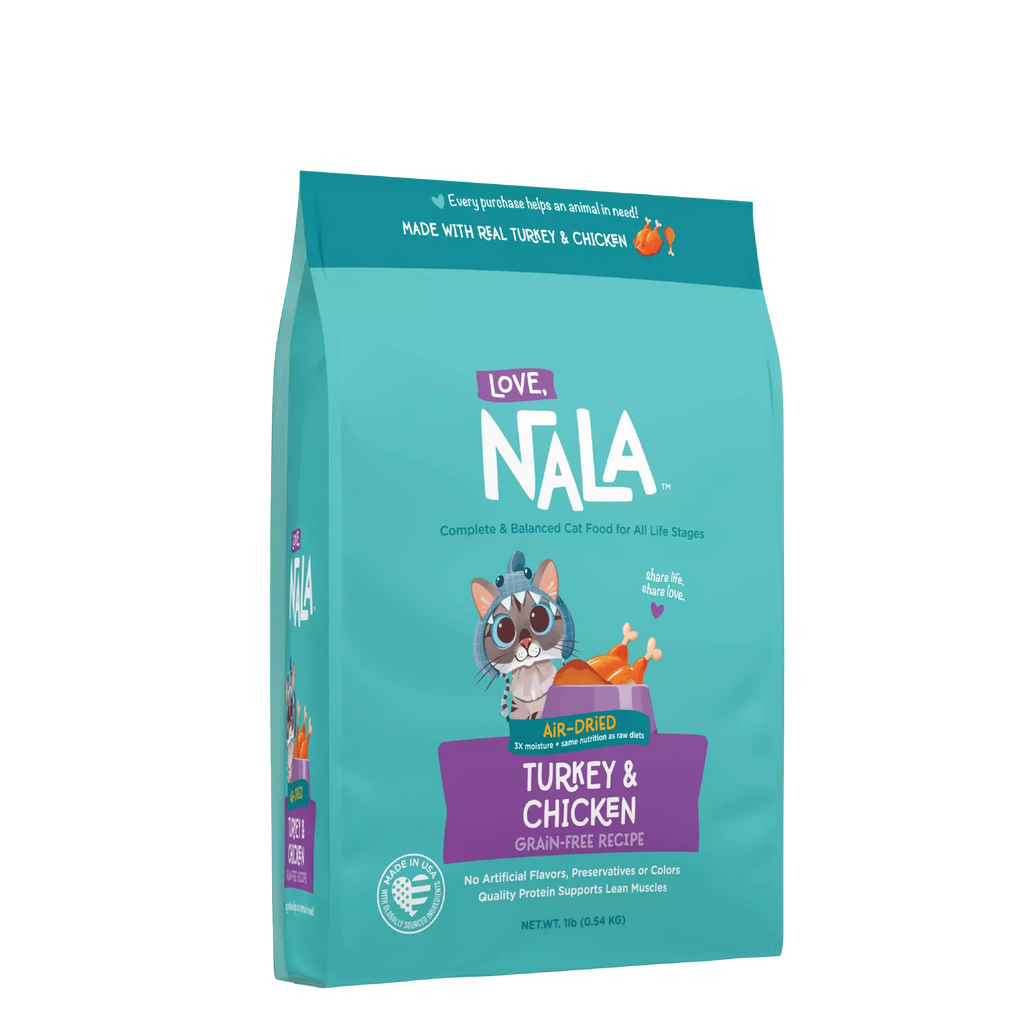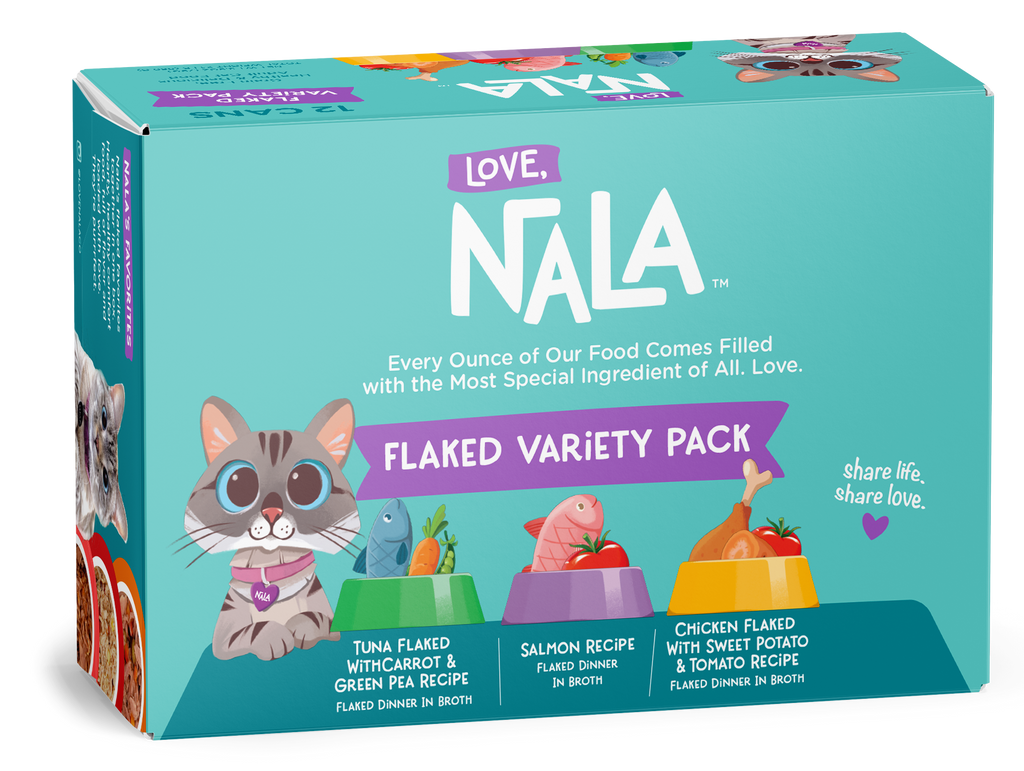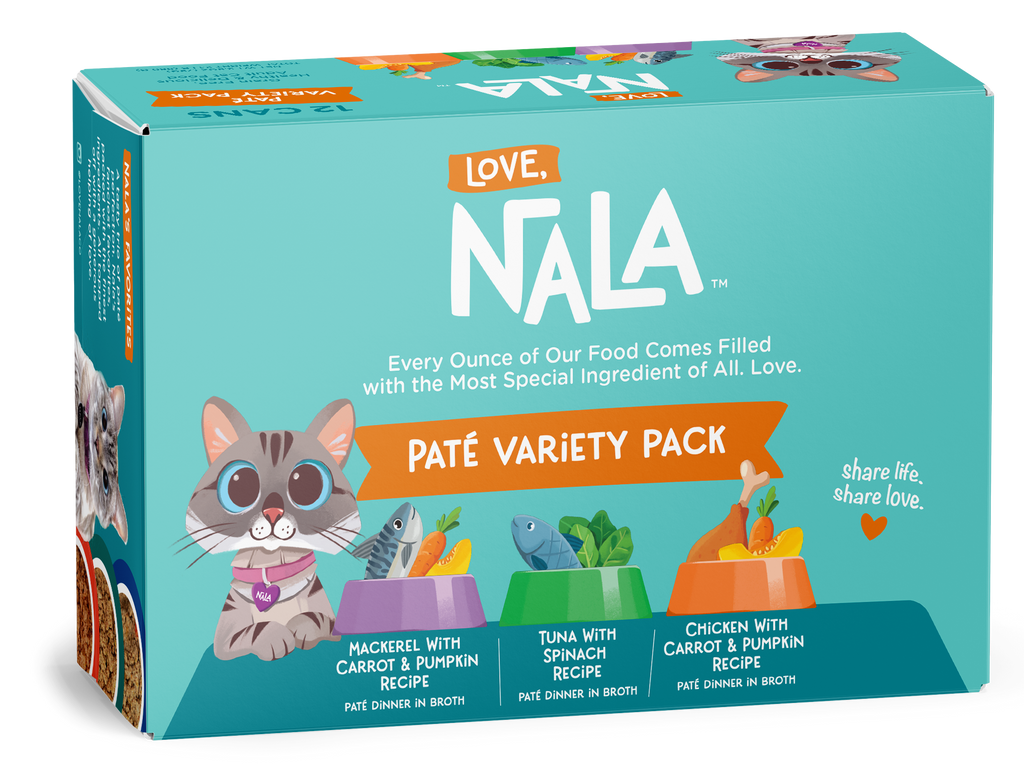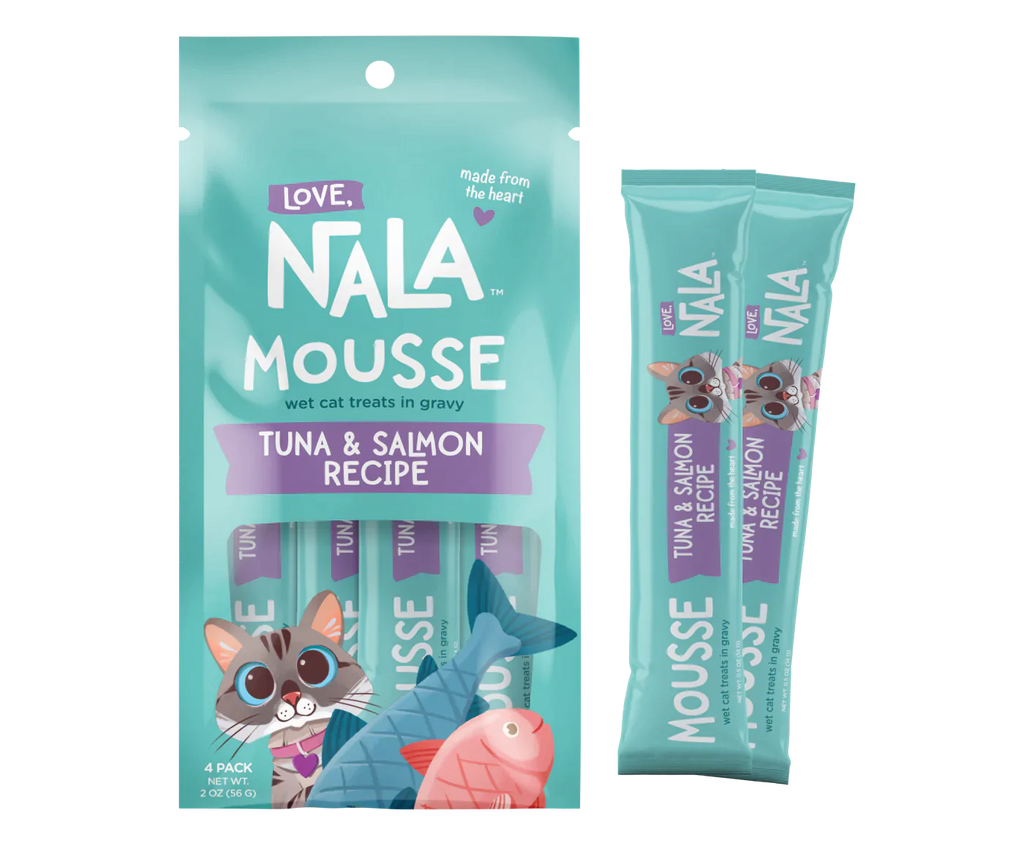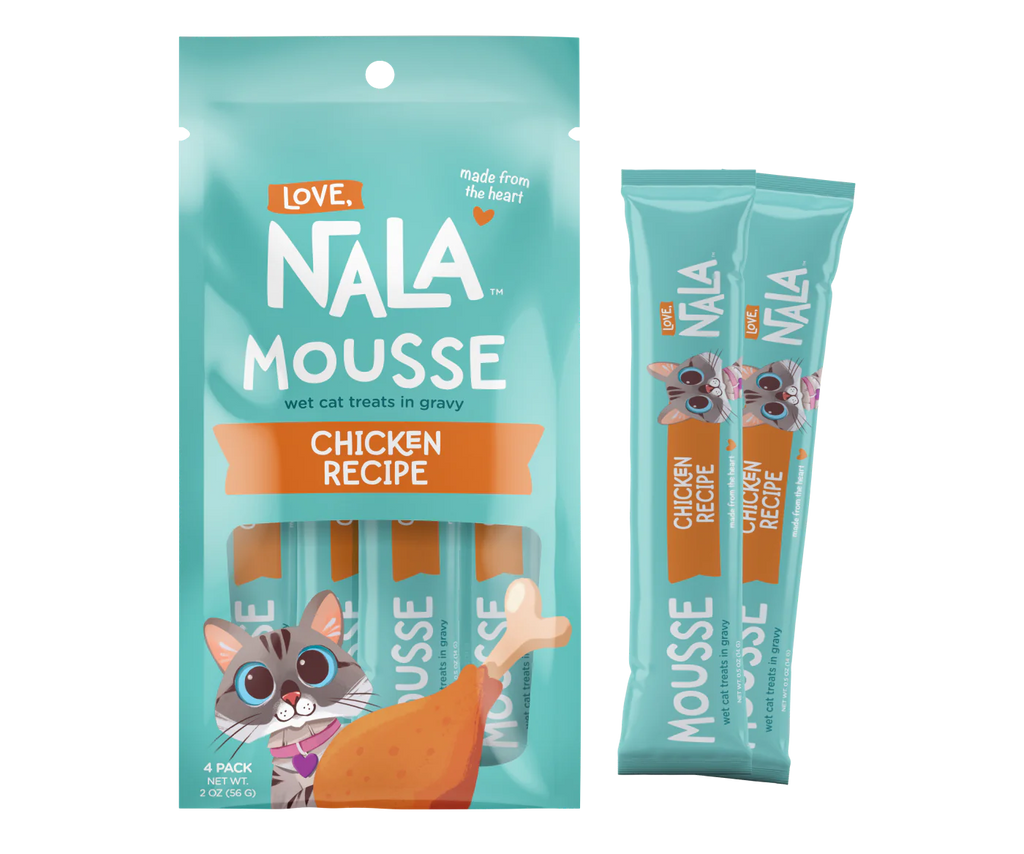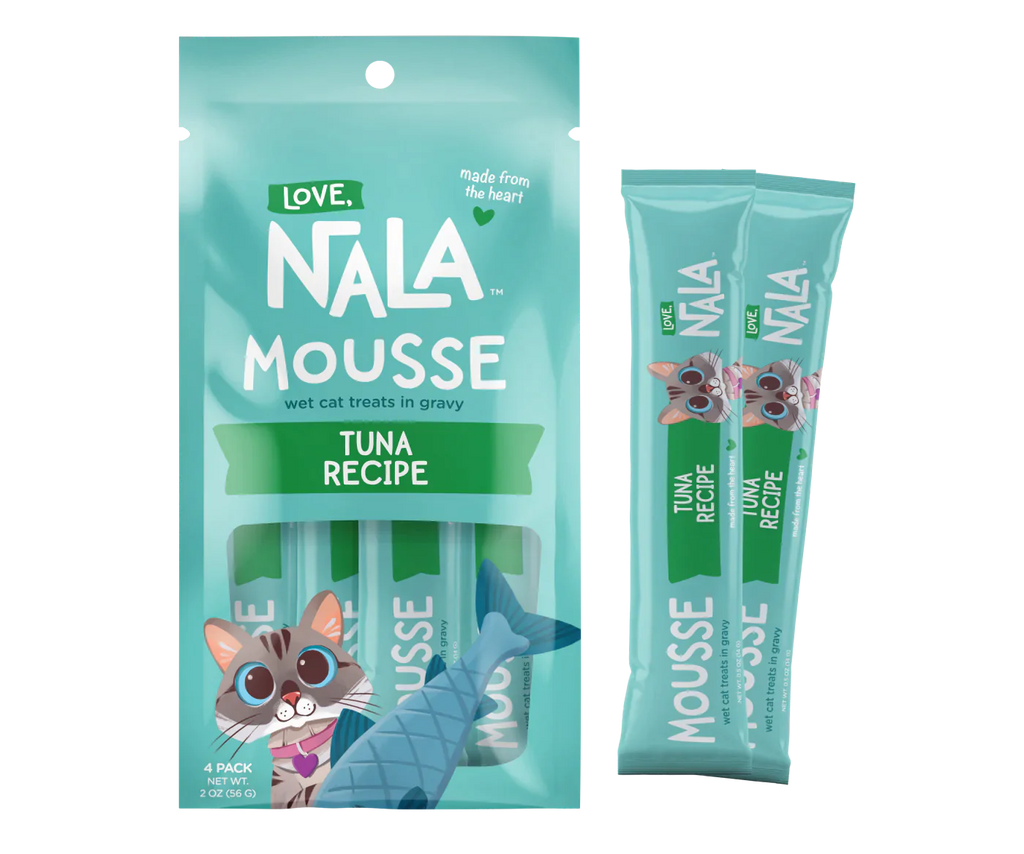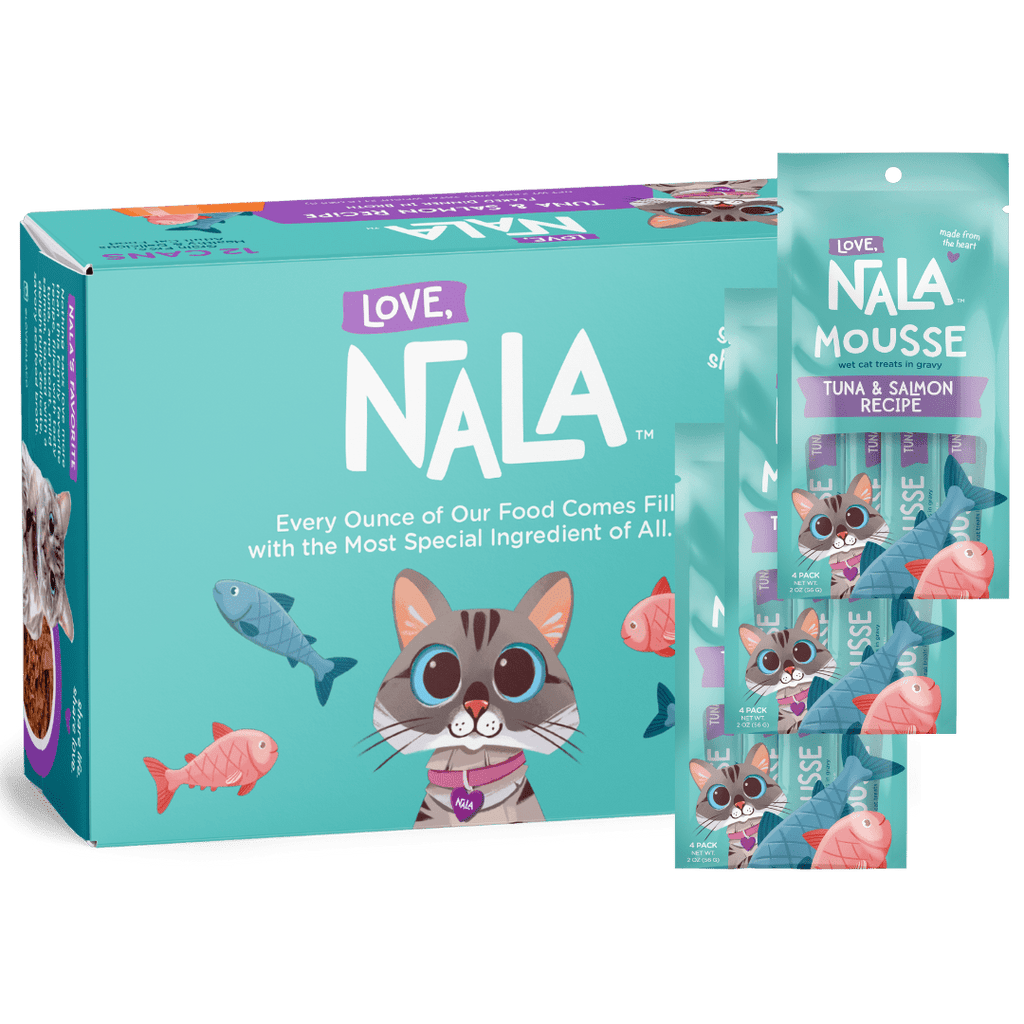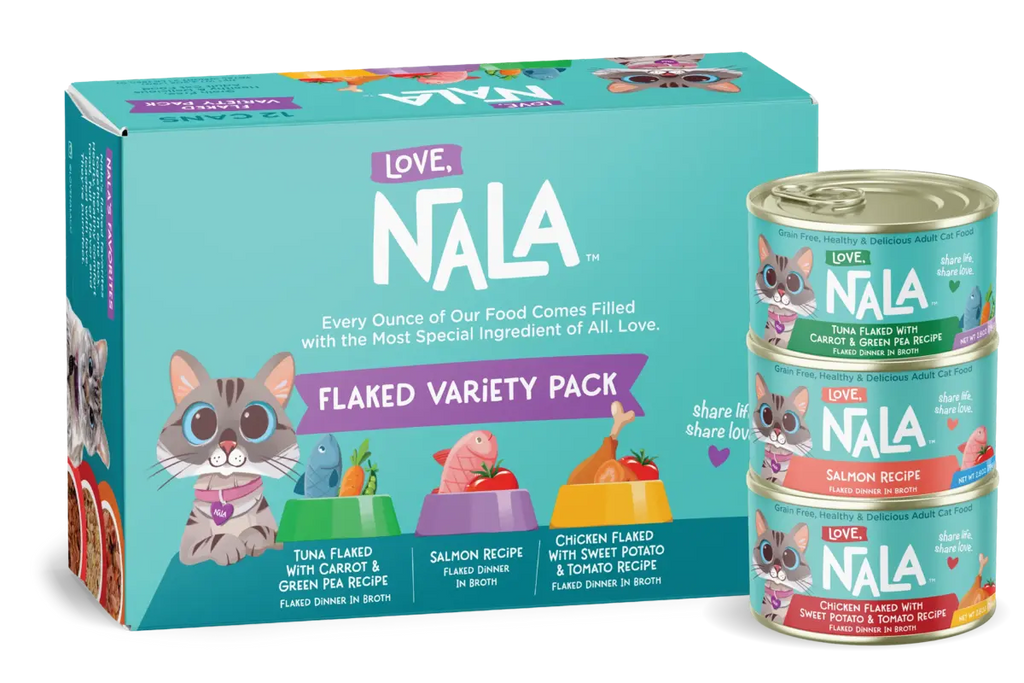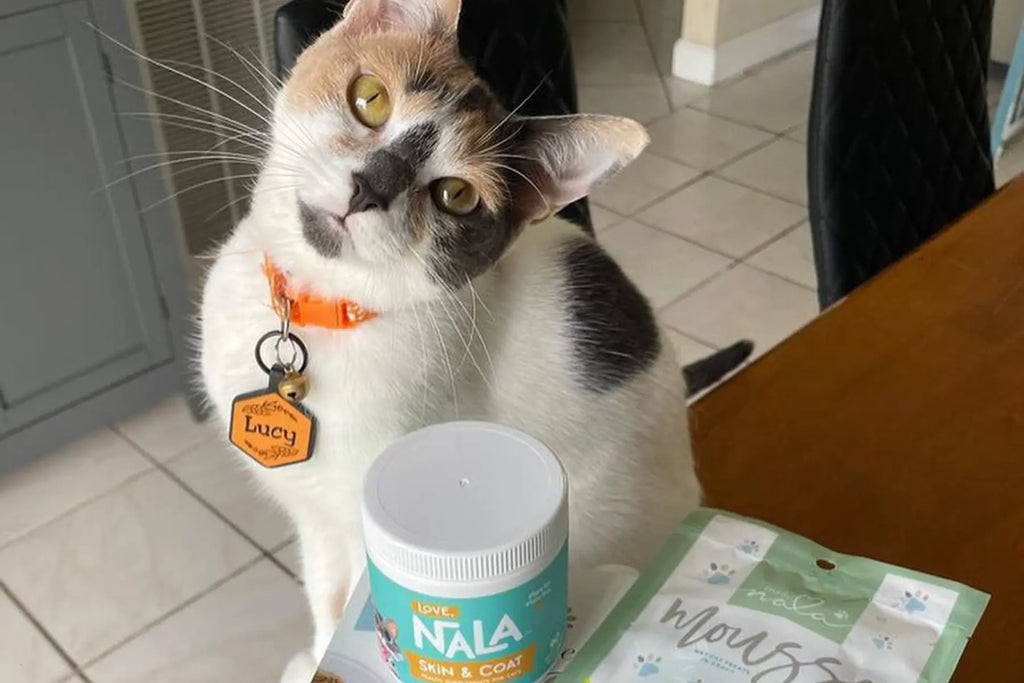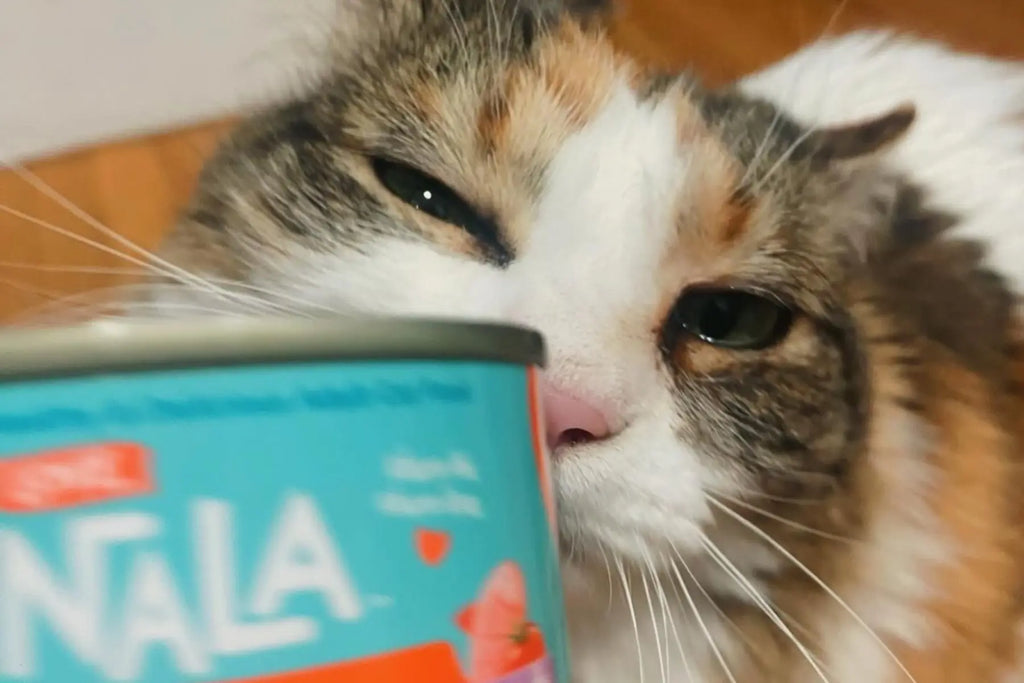Feeding your kitten is about much more than just filling their little bellies. A balanced diet is crucial for their growth, health, and overall well-being. Today, let's explore the idea of adding pumpkin for kittens into their meals. You'll learn about the nutritional benefits, how to make the transition smoothly, and why a quick chat with your vet can make all the difference. Ready? Let's dig in!
Why Pumpkin? Nutritional Benefits for Your Kitten
Here, we'll dive into why pumpkin is more than just a tasty treat. From fiber content aiding in digestion to the water content keeping your kitten hydrated, let’s explore the health benefits of incorporating pumpkin into your kitten's diet.
- Digestive Health - Fiber is often lauded for its digestive benefits, and guess what, pumpkin is packed with it! A small amount of pumpkin puree for cats can work wonders in easing constipation or even firming up a loose stool. Essentially, the fiber absorbs water in the digestive system, making bowel movements more regular.
- Hydration - Did you know that about 90% of a pumpkin is water? In addition to their regular water intake, consuming pumpkin can help keep your kitten hydrated. Hydration is particularly crucial for felines as they naturally have a low thirst drive.
- Weight Management - Obesity in pets is a growing concern. A low-calorie yet nutritious additive like pumpkin can be an excellent tool for weight management. It fills them up without adding extra pounds, making it a nice supplement to premium cat food brands that focus on balanced nutrition.
While this is not about grain-free diets, it's worth noting that pumpkin is often featured in cat food with pumpkin as a healthy grain substitute. If you're already feeding your feline friend grain-free options, adding a dash of pumpkin can offer more nutritional perks.
Types and Forms of Pumpkin Safe for Kittens
As we dig deeper, you'll find out that not all forms of pumpkin are created equal. Whether it's fresh pumpkin, canned pumpkin, or even pumpkin seeds, we'll look at what's safe and how to serve them.
- Fresh Pumpkin - You can always opt for fresh pumpkin, but remember to cook it first. Raw pumpkin is hard to digest. Cooked, pureed pumpkin (not pumpkin pie filling, which has added spices and sugar) can be an excellent choice.
- Canned Pumpkin - One of the most convenient ways to introduce pumpkin is through canned pumpkin for cats. It's easy to store and even easier to serve. Just make sure it's plain, unsweetened pumpkin and not the pumpkin pie type, which contains ingredients that could be harmful to your kitten.
- Pumpkin Seeds - If you’re feeling adventurous, you can also offer your kitten pumpkin seeds. However, they must be cleaned and roasted before serving, and only given in small amounts due to their fat content.
Step-by-Step Guide to Introducing Pumpkin
Switching up a pet’s diet too quickly can lead to digestive problems. Here, we'll go through a gradual introduction of pumpkin into your kitten's meals to make the transition as smooth as possible.
Start Slow
When it comes to introducing pumpkin into your kitten's diet, it's important to take baby steps. Kittens have sensitive stomachs, and making rapid changes to their diet can lead to digestive issues or even illness. To ease into it, you can start by adding just a teaspoon of pumpkin to their regular cat food.
Opt for a cat food cats love, as this will make the new dietary component less of a shock to their system. Starting off slow, you give your pet's stomach time to adjust to the new food item, reducing the risk of complications.
Mix with Regular Food
Incorporating the pumpkin into your kitten’s existing diet is a practical way to make the transition smooth. Mixing it in with food that your cat already loves can make a significant difference in how well they accept the new ingredient. The idea is to blend the pumpkin so well that it becomes a seamless part of their meal. In using a cat food that cats love, you create a comforting sense of continuity. This familiarity helps them to more readily accept the pumpkin, making it easier for you and better for their digestive health.
Monitor and Adjust
After you've successfully introduced pumpkin into your kitten's diet, the next step is careful monitoring. Keep an eye out for any changes in their bowel movements, overall behavior, or even their weight. Such changes could be indicators that your kitten is not responding well to the pumpkin. In cases like this, it's better to be cautious. Reduce the pumpkin amount or remove it entirely from their diet and consult your vet for professional advice. It’s essential to act promptly if you notice anything unusual to ensure your kitten’s long-term health and well-being.
The Importance of Veterinary Consultation
Before we leap into a new diet, a veterinary consultation can be a crucial step. In this part of our guide, we’ll discuss why it’s vital to consult your vet before introducing new elements like pumpkin into your kitten's diet.
Confirming Nutritional Needs
Before you jump headfirst into altering your kitten's diet, it's always a good idea to consult your veterinarian. The vet can give you specialized advice that's unique to your kitten’s particular needs. After assessing your pet, they can confirm whether adding pumpkin cat food would be beneficial for your kitten’s diet.
This consultation ensures you’re making a well-informed decision based on professional guidance. Your vet can offer insights into your pet's nutritional requirements, ensuring that the pumpkin won't interfere with any essential nutrients they already need to stay healthy.
Rule Out Underlying Health Issues
If you're considering adding pumpkin to address specific symptoms like constipation, you should first rule out any deeper health issues that might be causing those symptoms. A vet can perform tests and provide evaluations to identify if there are underlying conditions that require attention.
Simply put, while pumpkin is a good source of fiber and can aid digestion, it's not a cure-all. If there's a more serious issue at play, it’s crucial to identify that and treat it accordingly rather than simply masking symptoms with dietary changes.
Making the Transition Enjoyable
Finally, it’s time to have a little fun with feeding! We’ll share some tips and tricks on how to make the dietary transition not just smooth but also engaging for your kitten.
Interactive Feeding Techniques
Mealtime for your kitten doesn't have to be a mundane routine; it can actually be turned into a delightful, interactive experience. For instance, you could use special toys that release food as the kitten plays with them, making mealtime a game.
Alternatively, you could set up a mini 'treasure hunt' around the house, hiding small portions of the pumpkin-infused cat food for your kitten to find. These playful techniques not only engage your kitten mentally and physically but also make the introduction of new foods like pumpkin a lot more fun and less stressful for both of you.
Experiment with Textures and Temperatures
Kittens can be notoriously picky eaters, and a sudden change like adding pumpkin might not be an instant hit. If you find your pet is hesitant, try presenting the pumpkin in various forms to make it more enticing. You could serve it slightly warmed, at room temperature, or even freeze it into small ice cube treats for a different texture.
Experimenting with different temperatures and textures can help you discover your kitten's preference, making the food more appealing and increasing the chances of a successful dietary transition.
So there you have it—a comprehensive guide on introducing pumpkin in cat food. With its multi-faceted benefits of pumpkin for cats, including aiding digestion, hydration, and weight management, it can be a fantastic supplement to your kitten's diet. Make sure to consult your vet for advice tailored to your pet's specific needs. After all, empowered choices lead to happy, healthy kittens!
